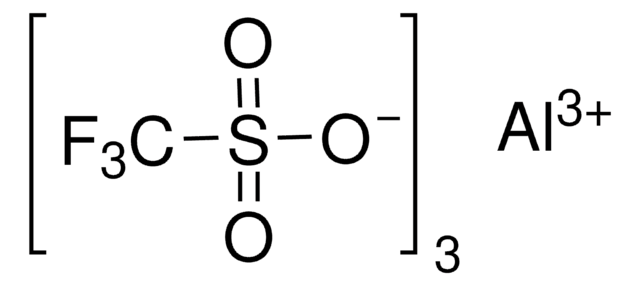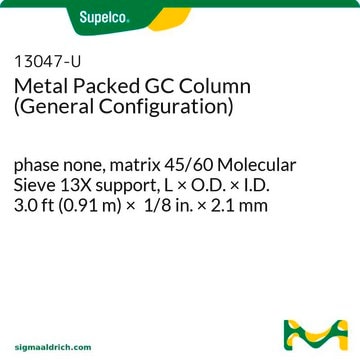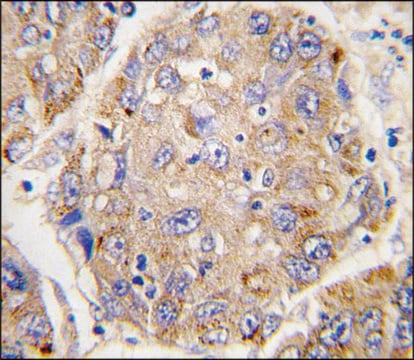25970
3-Chlorophenylhydrazine hydrochloride
≥97.0% (AT)
Sign Into View Organizational & Contract Pricing
All Photos(1)
About This Item
Linear Formula:
ClC6H4NHNH2 · HCl
CAS Number:
Molecular Weight:
179.05
Beilstein:
3565828
EC Number:
MDL number:
UNSPSC Code:
12352100
PubChem Substance ID:
Recommended Products
Assay
≥97.0% (AT)
form
solid
mp
240-245 °C (dec.) (lit.)
SMILES string
Cl[H].NNc1cccc(Cl)c1
InChI
1S/C6H7ClN2.ClH/c7-5-2-1-3-6(4-5)9-8;/h1-4,9H,8H2;1H
InChI key
CRRIAWUJYMLJOE-UHFFFAOYSA-N
Looking for similar products? Visit Product Comparison Guide
Application
3-Chlorophenylhydrazine hydrochloride has been used in the preparation of:
- 1-(3-chlorophenyl)-3,5-diphenyl-1H-pyrazolo[4,3-c]quinolin-4(5H)-one
- 11-(3-chlorophenyl)-9-phenyl-5,6-dihydro-4H,11H-benzo[i,j]- pyrazolo[3,4-b]quinolizin-8-one
- 1-(3-chlorophenyl)-3-(cyclohexyl)-5-(4-phenoxy phenyl)pyrazole
Signal Word
Danger
Hazard Statements
Precautionary Statements
Hazard Classifications
Acute Tox. 4 Oral - Resp. Sens. 1
Storage Class Code
11 - Combustible Solids
WGK
WGK 3
Flash Point(F)
Not applicable
Flash Point(C)
Not applicable
Personal Protective Equipment
dust mask type N95 (US), Eyeshields, Gloves
Choose from one of the most recent versions:
Already Own This Product?
Find documentation for the products that you have recently purchased in the Document Library.
Ring closure reactions of 3-arylhydrazonoalkyl-quinolin-2-ones to 1-aryl-pyrazolo [4, 3-c] quinolin-2-ones.
Stadlbauer W and Hojas G.
Journal of Heterocyclic Chemistry, 41(5), 681-690 (2004)
Akihiko Tanitame et al.
Bioorganic & medicinal chemistry, 12(21), 5515-5524 (2004-10-07)
The 4-piperidyl moiety and the pyrazole ring in 1-(3-chlorophenyl)-5-(4-phenoxyphenyl)-3-(4-piperidyl)pyrazole 2, which has previously shown improved DNA gyrase inhibition and target-related antibacterial activity, were transformed to other groups and the in vitro antibacterial activity of the synthesized compounds was evaluated. The
Amina Othmani et al.
Environmental science and pollution research international, 26(25), 25969-25984 (2019-07-06)
This paper suggests a new alternative for the acceleration of dye removal by adopting alternating current instead of direct current in the treatment of methylene blue solutions and industrials effluents, using anodic oxidation on Pb/PbO2 and stainless steel (SS)/PbO2 anodes.
Our team of scientists has experience in all areas of research including Life Science, Material Science, Chemical Synthesis, Chromatography, Analytical and many others.
Contact Technical Service










